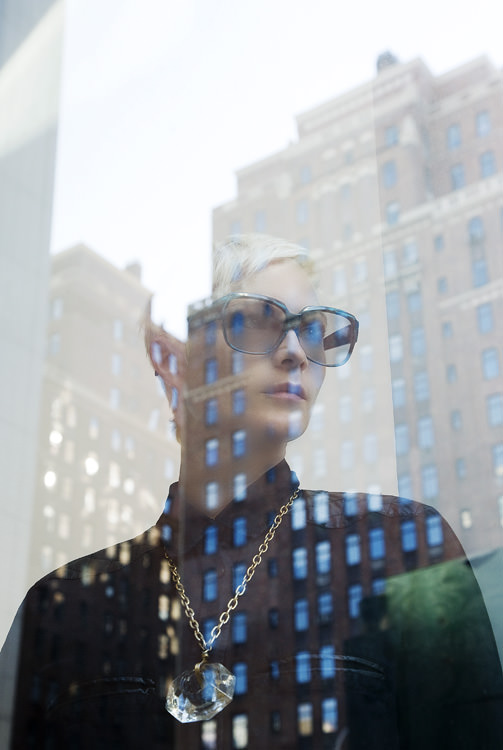The PULSE art fair celebrates its 10th anniversary this week with the New York edition. Opening tomorrow and on view through March 8, the fair will showcase artwork from over 100 international artists presented by over 40 galleries. For Whitewall’s spring 2015 Art Issue, out this month, we spoke with PULSE’s director Helen Toomer about moving the fair back to March (from last year’s May timing), how the role of fair director has evolved, and the balance of galleries brining engaging work that’s sellable. Here’s an excerpt from our conversation
WHITEWALL: As director of PULSE, you moved the New York fair back to March this year to be timed around the Armory Show, rather than Frieze New York in May as it was last year. Why the move?
HELEN TOOMER: This is still my first year, and one of the things that I am conscious of is PULSE Contemporary Art Fair as a community, so that encompasses our two cities of Miami and New York. I wanted to move it back to March because I feel like that really is when the art world wakes back up and comes together again. It’s like September. I feel like there is more commitment to the satellite and parallel events in March than there is in May. A lot of the collectors that would have come into PULSE in May, they’d gone to Frieze, the auctions, and were going away for the weekend. Bringing it back to that week has been really well received by the galleries, collectors, and press.
WW: You’ve worked at fairs, been a gallerist showing at fairs, and now are the director of one. Do you think the role of the fair director has evolved?
HT: I’ve been talking a lot to gallerists about their role as a physical space, as a gallerist, and what the roles of the art fairs are. I feel like there are a lot of questions and conversations that need to take place. The role I have isn’t just a pop-up shop twice a year; it’s more invested in the galleries and programs they have, in addition to running a commercial event in order for them to make money.
I think the role of the gallerist is a really difficult one and that’s why I empathize with them. When I had my gallery, I remember talking to a very prominent gallerist in Chelsea, and saying to him, “Does it get any easier?” He said, “No, it doesn’t get easier. It’s just the higher the price, the bigger the bills, everything just gets bigger and more.” I think that’s an interesting point in trying to listen and understand what the galleries want and need. We’re trying to be conscious of the costs not being too high and trying to encourage them to take risks without them losing money.
WW: Right, it must be a balance between what the galleries bring to a fair that is interesting and engaging, but also sellable. At PULSE Miami last year, the David Magnusson “Purity” series on view at Pictura Gallery got a lot of attention for its content (portraits of fathers and daughters who had taken a purity vow). But did it also get a lot of attention from collectors?
HT: It can work both ways. I had spoken to that gallery about bringing that series of work because I knew that visually the stories around it would bring people in because it’s so bizarre. And it was great because the artist was there a lot of the time, too. They sold really well, which is amazing. I also really like the solo presentations when the artist is present, because you can get a deeper understanding—should you want to—of the artist and the artwork. Just like a well-curated booth can work really well.
WW: As the director of a fair now for just over a year, are you going to more fairs? Is that part of the gig, to see what else is out there?
HT: I think the fairs are amazing at bringing communities and galleries together. But I think in 2015 I want to make a conscious effort to go to more of the galleries. Rather than going to the different cities where the fairs are going on, going around to the galleries in those cities, because really that’s the heart and soul. You can get a snapshot of the galleries at the fairs, but it’s really when you walk into their space that they own and see the blood sweat and tears that have gone in there. I love going into the back room of galleries and spotting that little gem that’s been hidden and that sparking a conversation or leading to another artist. I miss having that.
This article is also published in Whitewall‘s spring 2015 Art Issue.









